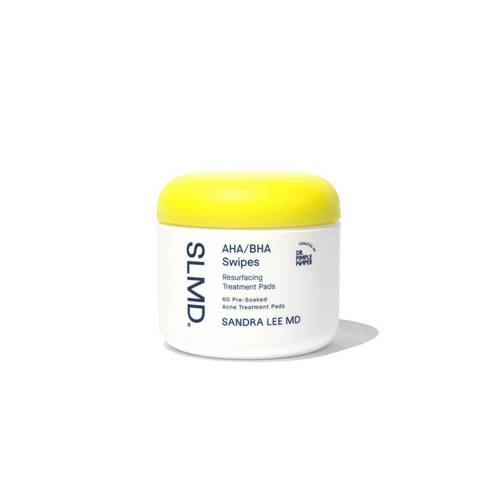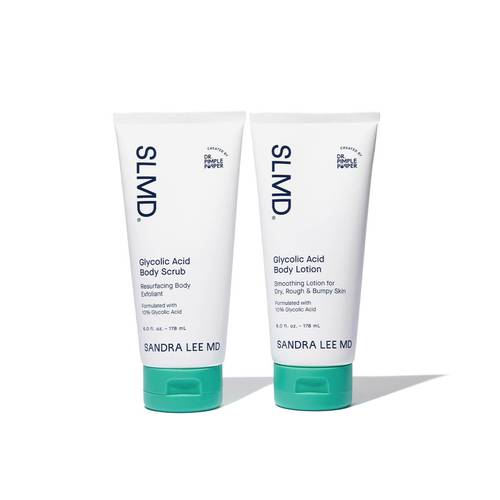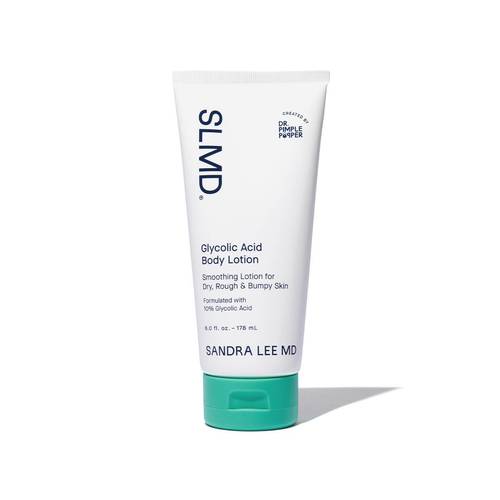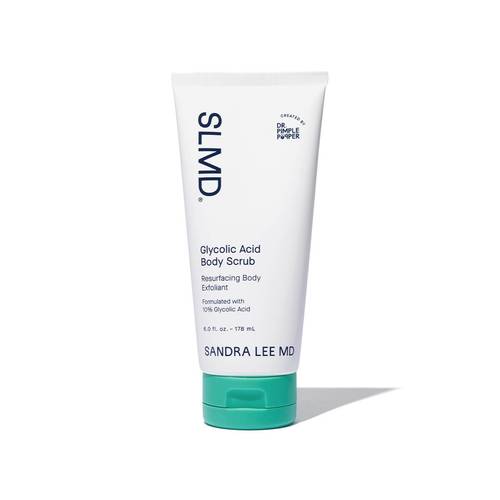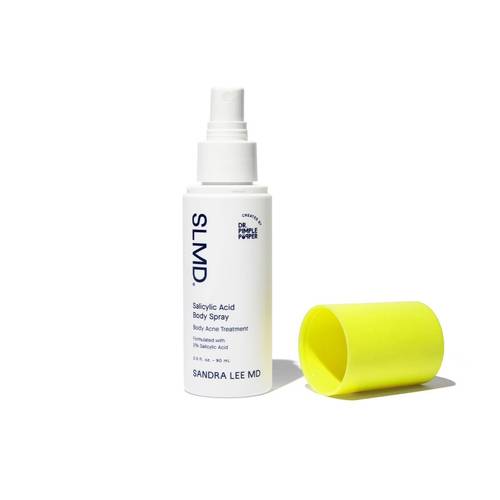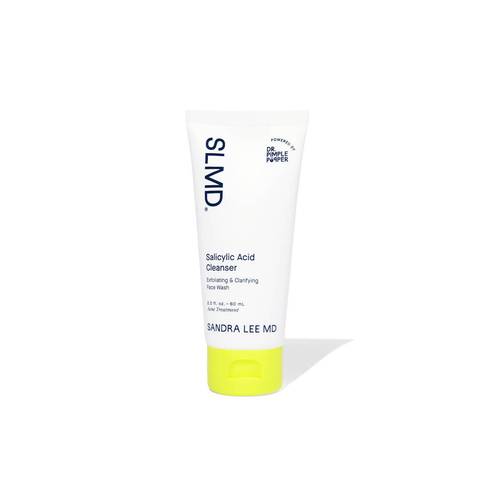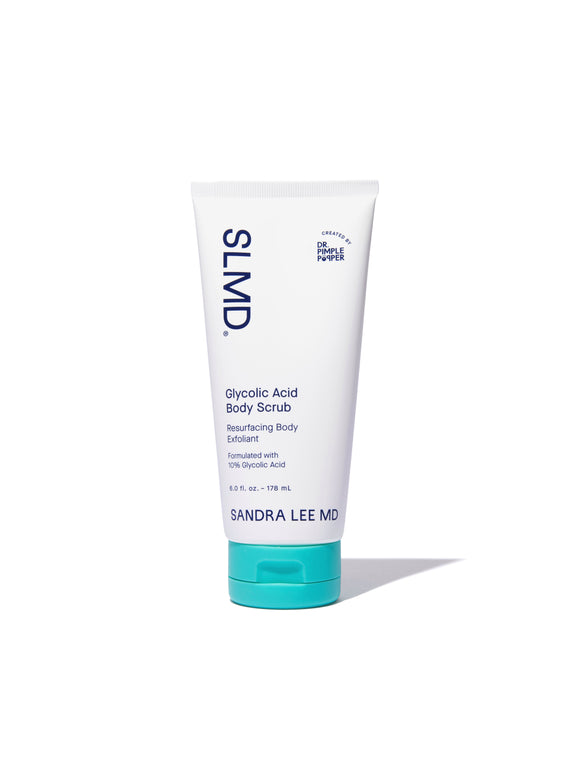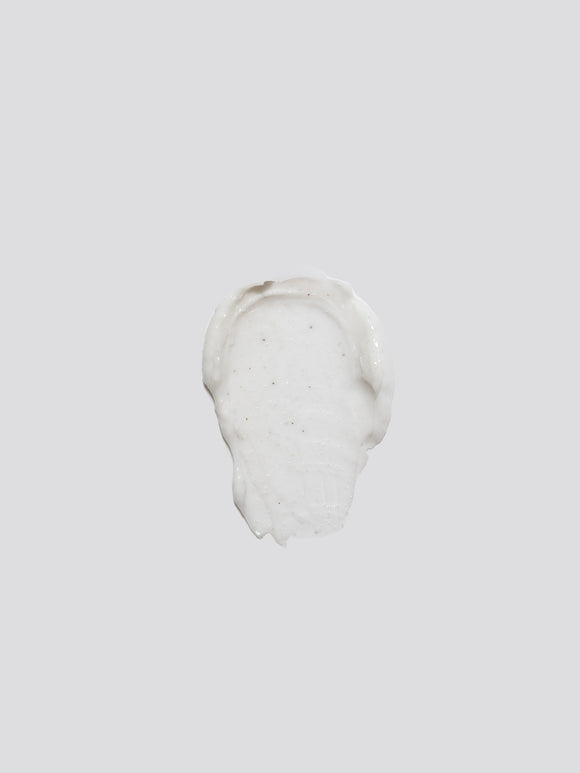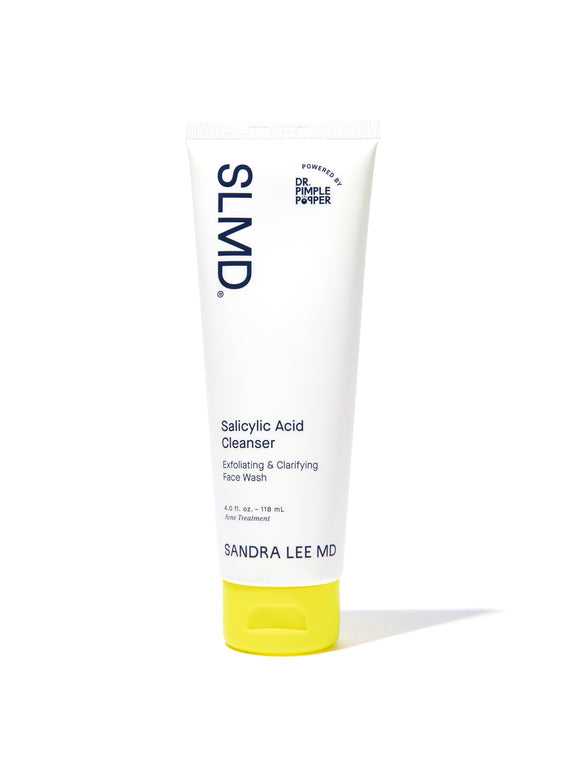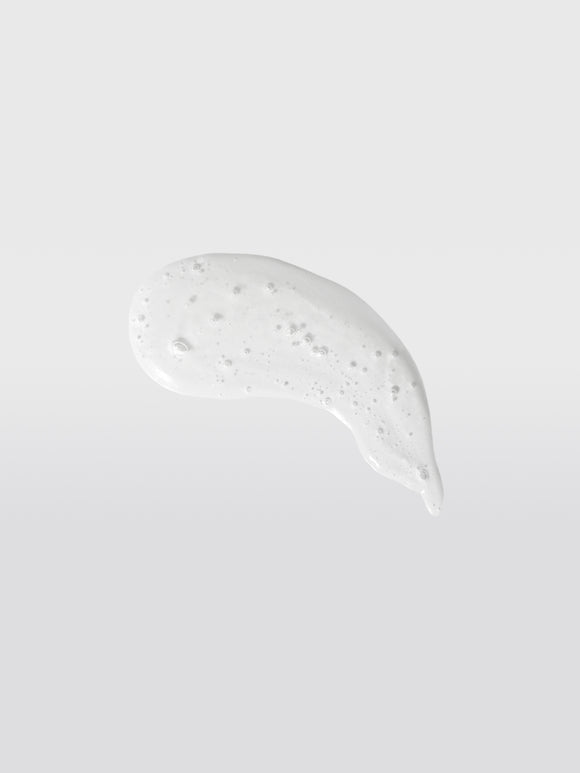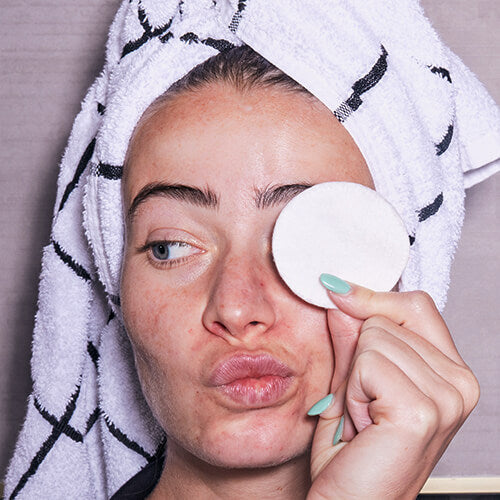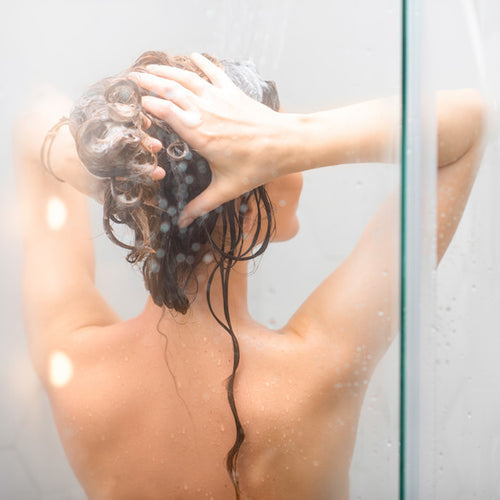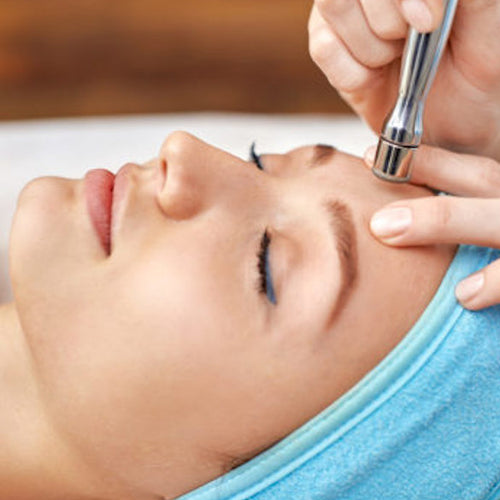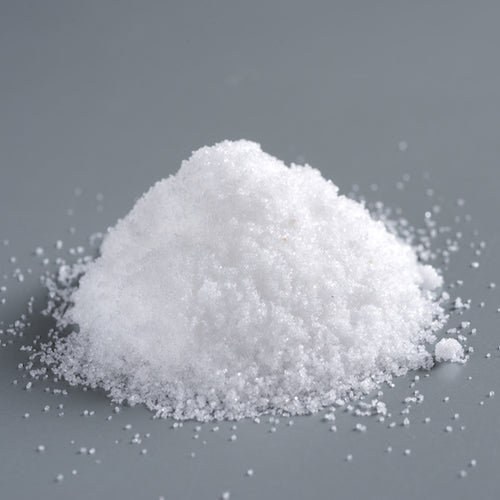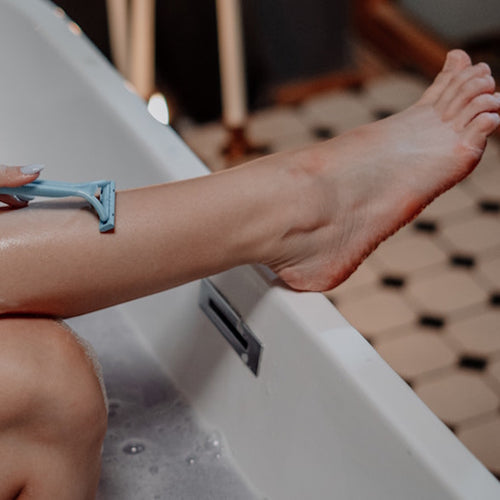
Understanding Chemical Exfoliation: AHAs vs. BHAs
Exactly what are these technical-sounding skincare ingredients — and why do dermatologists love them?Published:
3 minute read
Most of us have heard the term exfoliation, which is the act of removing dead cells from the surface of your skin. Chemical exfoliation uses specific chemical compounds to slough away those cells.
Two of the most common categories of chemical exfoliants are alpha and beta hydroxy acids — better known as AHAs and BHAs. Here, we break down the differences between them, and explain exactly how to incorporate AHAs and BHAs into your routine.
Article Quick Links
How do AHAs and BHAs work?
Both alpha and beta hydroxy acids are typically characterized as keratolytics — meaning they work by softening and loosening the keratin protein that binds dead skin cells together. By breaking down these bonds, keratolytics make it easier for the skin to shed its outermost layer naturally.
However, these two types of chemical exfoliants have an important difference:
- Alpha hydroxy acids are water soluble, so they primarily work on the skin’s surface
- Beta hydroxy acids are oil soluble, which means they’re capable of penetrating into the pores
What are alpha hydroxy acids?
AHAs are natural compounds found in fruits, milk, and cane sugar. Depending on their formula and concentration, these chemical exfoliants can range from very gentle to highly potent. AHAs are available in lower concentrations over the counter, and in stronger, in-office dermatological peels.
Some of the most commonly-available AHAs include:
- Glycolic acid: The smallest AHA, derived from sugarcane. Generally suitable for all skin types.
- Lactic acid: Found in milk, it offers gentle exfoliation and is well-tolerated by most skin types.
- Mandelic acid: Derived from almonds, it’s a milder AHA with larger molecules. This makes it ideal for sensitive skin.
- Citric acid: Naturally occurring in citrus fruits, this versatile AHA brightens the skin.
To reiterate, AHAs work by gently breaking down the bonds between skin cells, facilitating their removal. Contrary to the misconception that AHAs thin the skin, they can actually promote skin thickness in deeper layers.
What do AHAs do for your skin?
Obviously alpha hydroxy acids exfoliate your skin — but what does that really mean? Here are the main ways that AHAs help your skin:
- Reduce fine lines by promoting skin cell turnover and collagen production.
- Improve skin texture and tone by exfoliating dead cells and encouraging fresh, even skin.
- Increase hydration levels by exposing newer cells and supporting skin’s natural hydration systems.
- Minimize scarring by sloughing away uneven, rough skin.
- Manage acne by unclogging pores and reducing inflammation.
- Reduce hyperpigmentation by exfoliating darkened skin cells.
Dr. Lee's Exfoliating Product Picks
What are beta hydroxy acids?
The most common BHA in skincare is salicylic acid, which is naturally found in willow bark. Unlike AHAs, beta hydroxy acids are oil soluble, which means salicylic acid can penetrate oil-clogged pores and exfoliate from within. It effectively removes dirt and debris, making it a go-to for people with large pores, or oily/acne-prone skin. BHAs are compatible with most skin types, except for extremely sensitive skin.
What do BHAs do for your skin?
Because they’re oil soluble, beta hydroxy acids are ideal for managing acne at every stage. This includes both non-inflammatory blackheads and whiteheads, as well as inflammatory pimples.
Here are the benefit highlights:
- Reduce surface dullness
- Clear bacteria and debris from pores
- Treat and prevent acne
- Minimize appearance of sebaceous filaments
Can you combine AHAs and BHAs?
According to dermatologist Sandra Lee, MD (aka Dr. Pimple Popper) you absolutely can — and should — combine alpha and beta hydroxy acids in your skincare routine. The two can work in tandem to address a variety of skin concerns, from oiliness and acne to dullness, dark spots and signs of aging. One of Dr. Lee’s favorite combinations is SLMD Salicylic Acid Cleanser followed by AHA/BHA Swipes, which contain a cocktail of salicylic, glycolic, lactic, and kojic acids to refine, brighten, and unclog pores.
Dr. Lee reminds patients to listen to their skin, and to use chemical exfoliants in moderation. Step up AHA and BHA use gradually, watching for irritation, redness, peeling, and dryness/tightness — all signs of over-exfoliation.
As with any active skincare ingredients, AHAs and BHAs can increase your skin's sensitivity to the sun. Therefore, it's crucial to apply sunscreen daily. Opt for a moisturizer like SLMD Dual Defender SPF 30 to ensure your skin is adequately protected while using these products.

Dr. Lee's Last Word
AHAs and BHAs are among my favorite ingredients in my dermatology toolbox because chemical exfoliation really addresses so many skin concerns. Whether you’re treating acne, or you’re dealing with signs of aging, or you just want to get that glow everyone talks about, these acids really work.



